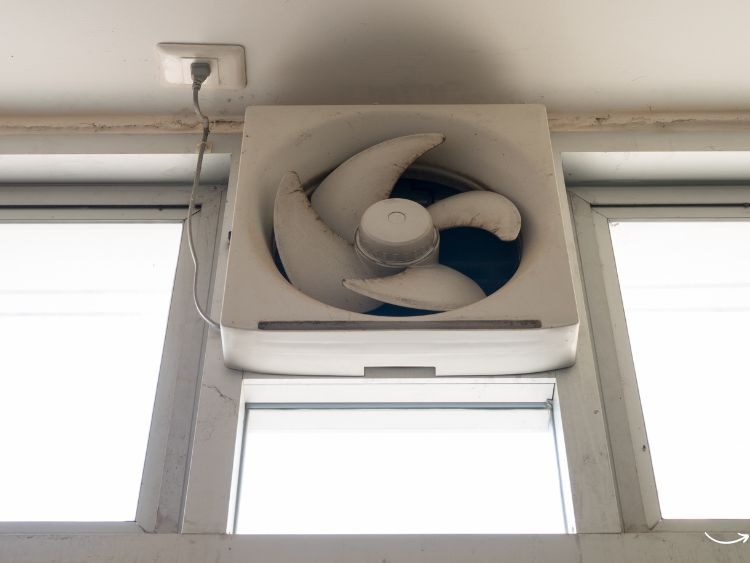Crawl space ventilation is a crucial aspect of home maintenance that often gets overlooked. Yet, it plays a significant role in maintaining a healthy, safe, and energy-efficient home. In this article, we’ll delve into the importance of crawl space ventilation, the various methods available, and the best practices to ensure your home benefits from optimal ventilation.
Ever wondered why your home sometimes feels damp or musty? Or why certain areas seem prone to mold and mildew? The culprit might be lurking beneath your feet—your crawl space. Proper crawl space ventilation is essential to prevent these issues and more. In this guide, we’ll explore everything you need to know about crawl space ventilation, from its benefits to the best techniques for achieving it.
Why Crawl Space Ventilation Matters
Crawl space ventilation is more than just a construction detail—it’s a vital component of your home’s health. Here’s why it matters:
Prevents Moisture Build-Up
One of the primary benefits of crawl space ventilation is moisture control. Without proper ventilation, moisture can accumulate, leading to mold growth, wood rot, and even structural damage.
Improves Air Quality
A well-ventilated crawl space can significantly improve indoor air quality. Stagnant air in an unventilated crawl space can allow harmful pollutants and allergens to seep into your living spaces.
Enhances Energy Efficiency
Believe it or not, crawl space ventilation can also impact your energy bills. By maintaining a dry and temperate crawl space, you reduce the strain on your heating and cooling systems, potentially lowering your energy consumption.
Prevents Pest Infestations
Damp, unventilated crawl spaces are a haven for pests like termites, rodents, and insects. Proper ventilation helps keep these unwanted guests at bay.
Types of Crawl Space Ventilation
Now that we understand the importance of crawl space ventilation, let’s look at the different methods available.
Vented Crawl Spaces
Vented crawl spaces use openings or vents to allow outside air to circulate through the space. These are typically found in older homes and can be effective in certain climates.
Pros:
- Cost-Effective: Vents are relatively inexpensive to install.
- Easy Installation: Simple to set up, especially in existing structures.
Cons:
- Climate Dependent: Not suitable for all climates, particularly humid or cold regions.
- Potential for Moisture: Can introduce moisture during humid weather.
Unvented (Sealed) Crawl Spaces
Unvented or sealed crawl spaces are becoming increasingly popular in modern construction. These spaces are entirely enclosed, often with a vapor barrier on the floor and insulation on the walls.
Pros:
- Consistent Conditions: Better control over temperature and humidity.
- Energy Efficient: Reduces energy loss, enhancing overall efficiency.
Cons:
- Higher Initial Cost: More expensive to install than vented systems.
- Requires Maintenance: Needs proper sealing and regular checks for effectiveness.
Active Ventilation Systems
Active ventilation involves mechanical systems like fans and dehumidifiers to control moisture and air quality in the crawl space.
Pros:
- Effective Moisture Control: Actively removes excess moisture.
- Improves Air Quality: Enhances overall indoor air quality.
Cons:
- Cost: Higher installation and operational costs.
- Maintenance: Requires regular maintenance to ensure functionality.
Best Practices for Crawl Space Ventilation
To ensure your crawl space ventilation system is effective, follow these best practices:
Install a Vapor Barrier
A vapor barrier is a must-have for any crawl space, especially in sealed systems. It prevents ground moisture from seeping into the crawl space and causing issues.
Ensure Proper Drainage
Make sure the ground around your home slopes away from the foundation to prevent water from pooling near your crawl space. Installing a drainage system can further protect against water intrusion.
Use a Dehumidifier
In particularly damp climates, a dehumidifier can be a game-changer for maintaining optimal humidity levels in your crawl space.
Regular Inspections
Routine inspections are crucial. Check for signs of moisture, mold, and pests regularly. Address any issues promptly to avoid costly repairs down the line.
Seal Air Leaks
Ensure all gaps and cracks are sealed to prevent outside air from entering the crawl space. This is particularly important for unvented systems.
FAQs About Crawl Space Ventilation
How often should I check my crawl space ventilation system?
It’s advisable to inspect your crawl space at least twice a year—once in the spring and once in the fall. Regular inspections help catch potential issues early.
Can I install crawl space ventilation myself?
While some aspects, like installing vents, can be a DIY project, it’s often best to hire professionals for more complex tasks, such as sealing and installing active ventilation systems.
What’s the best way to ventilate a crawl space in a humid climate?
In humid climates, unvented crawl spaces with vapor barriers and dehumidifiers are typically the best option to prevent moisture-related issues.
Is crawl space ventilation necessary for all homes?
Yes, crawl space ventilation is important for maintaining the structural integrity and indoor air quality of your home, regardless of your climate.
Conclusion
Crawl space ventilation is a critical aspect of home maintenance that ensures a healthy, safe, and energy-efficient living environment. By understanding the different types of ventilation and implementing best practices, you can protect your home from moisture, improve air quality, and even save on energy costs. Regular inspections and maintenance are key to keeping your crawl space in top condition. So, don’t overlook this essential part of your home—take steps today to ensure your crawl space is properly ventilated.



